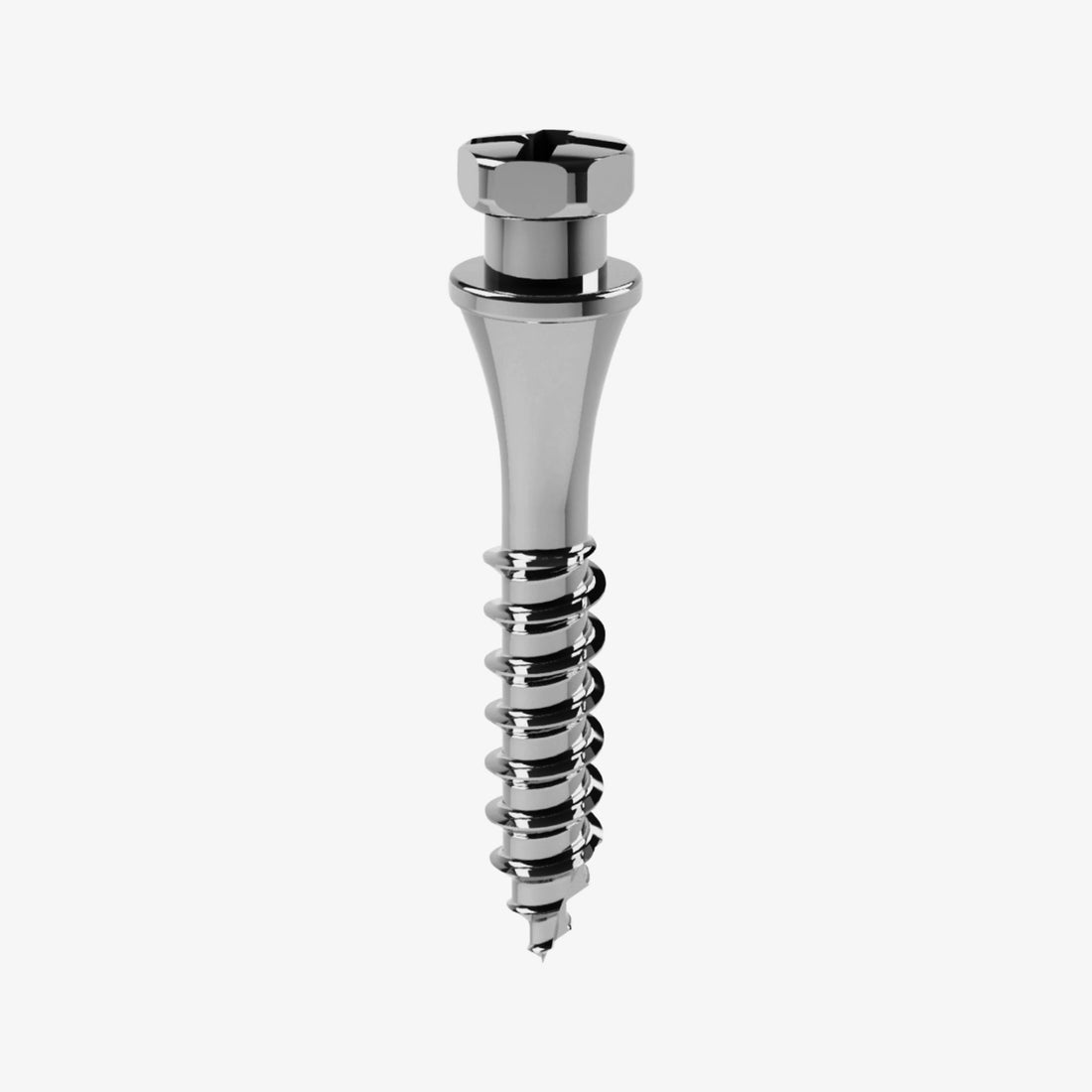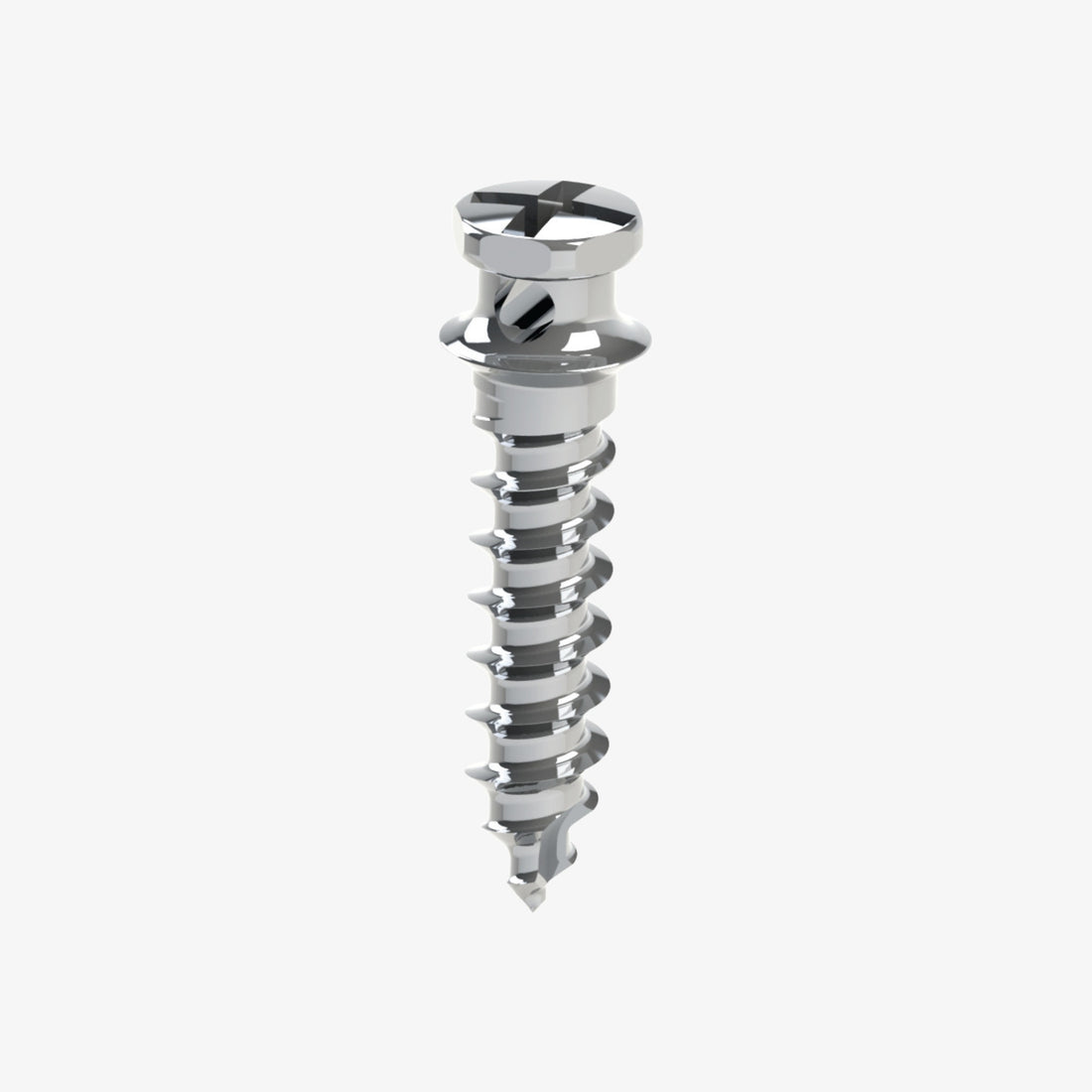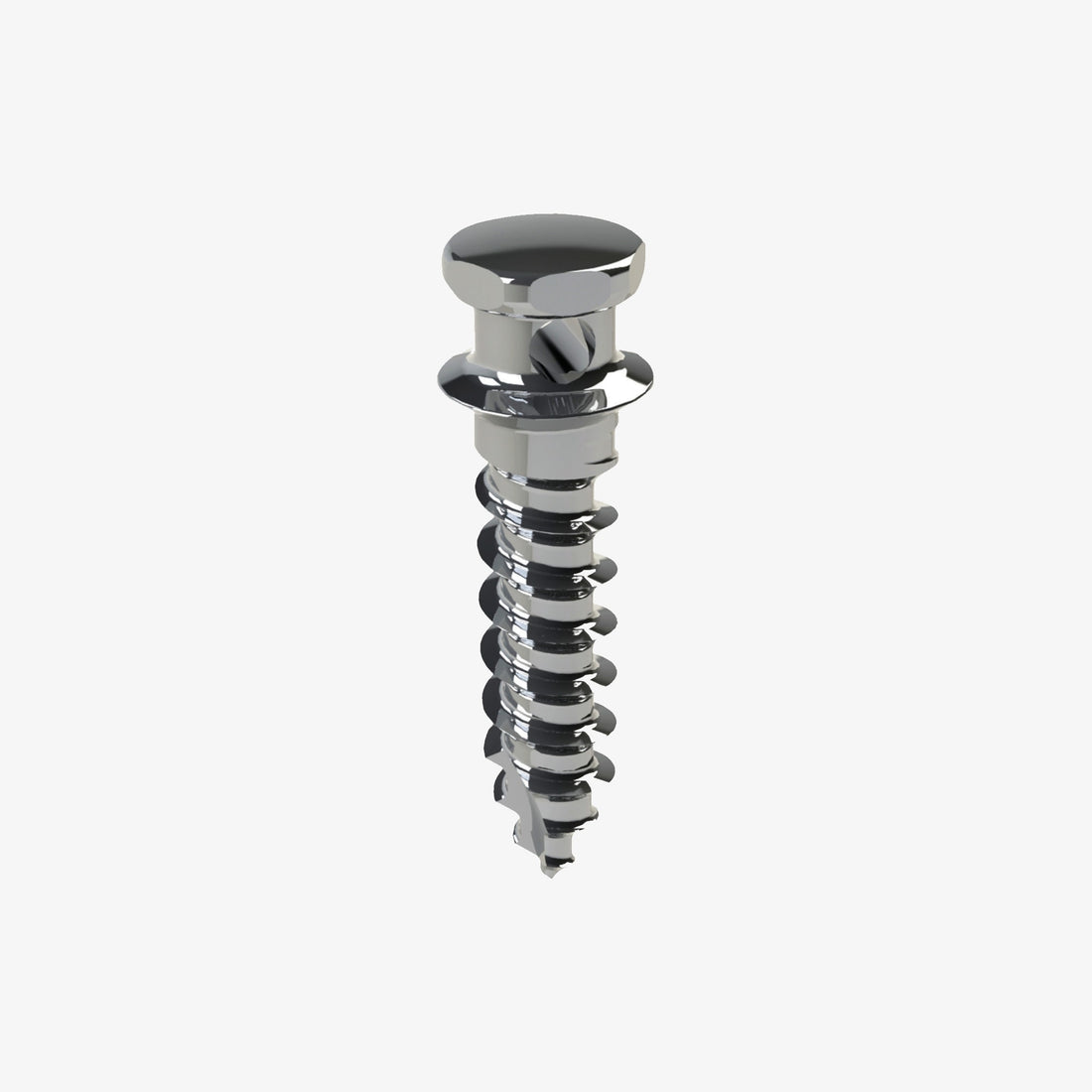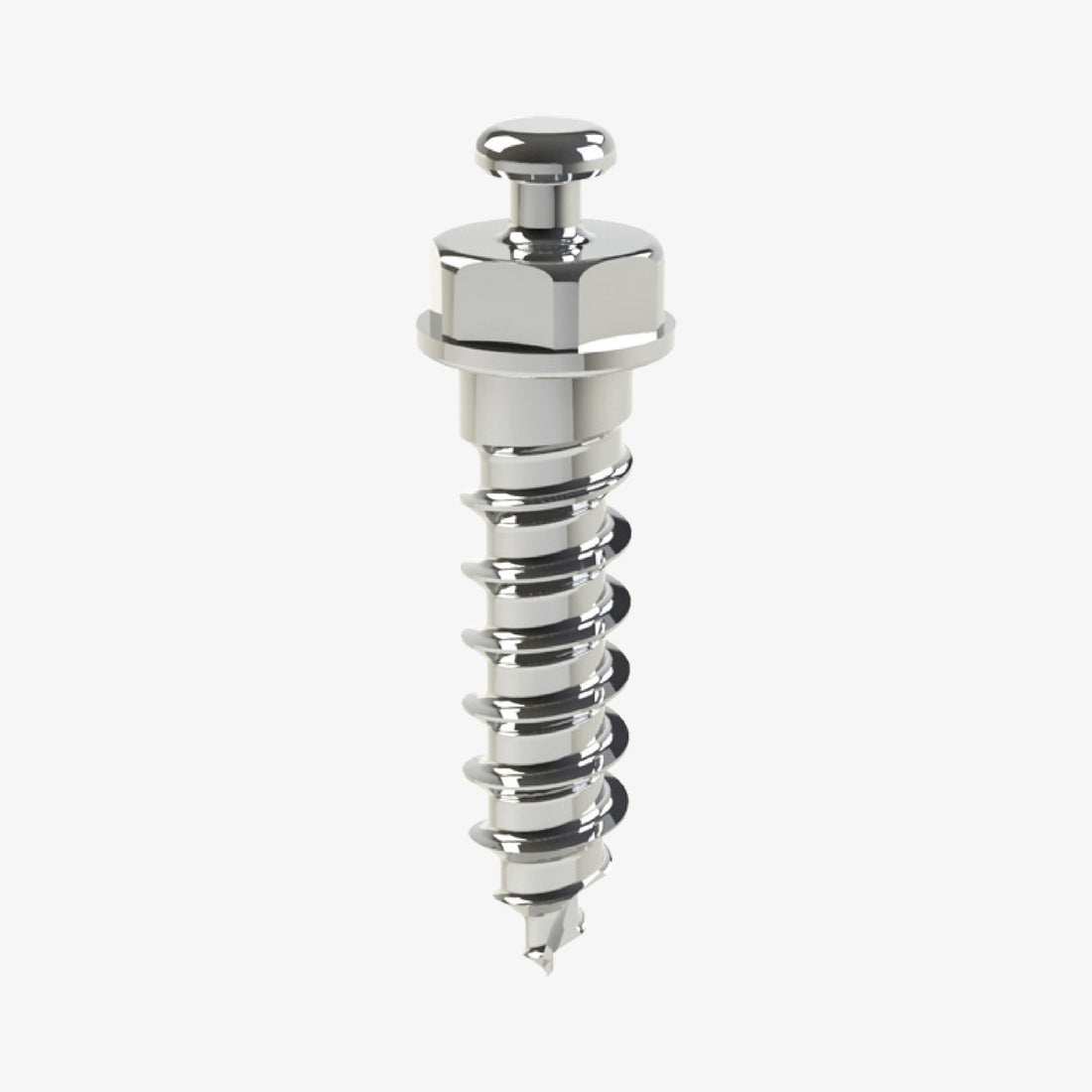The Evolution of Aesthetic Brackets in Orthodontics
Introduction
Orthodontics has come a long way in terms of aesthetic considerations. The desire to move away from traditional metal brackets towards more cosmetically appealing materials has led to the development of various types of aesthetic brackets. These materials allow patients to undergo orthodontic treatment without the visible discomfort of traditional metal braces. The evolution of these aesthetic brackets has been influenced by a variety of factors, including technological advancements, patient preferences, and clinical performance demands.
This article explores the history, development, and current status of aesthetic brackets in orthodontics, focusing on the different materials and their clinical properties.
1. Early Development of Aesthetic Brackets
The journey of aesthetic orthodontic brackets began in the 1970s, with the introduction of ceramic brackets. Before this innovation, orthodontic treatments were dominated by metal appliances, which were highly effective but not aesthetically pleasing. Patients, particularly adults, were reluctant to pursue orthodontic treatment because of the noticeable nature of metal brackets.
The first ceramic brackets were designed to meet the needs of these patients. These brackets were made from materials such as polycrystalline ceramics, offering a more visually appealing alternative to metal. However, the first-generation ceramic brackets had significant limitations. They were not as strong as metal brackets, prone to staining, and their clinical performance left much to be desired.
Key Points:
· First Ceramic Brackets (1970s): Introduction of ceramic materials for orthodontics, aimed at reducing visibility.
· Challenges: Early ceramic brackets were prone to discoloration and lacked strength compared to traditional metal brackets.
2. The Rise of Monocrystalline Sapphire Brackets
In the 1980s and 1990s, technological advances allowed for the creation of more robust and aesthetically pleasing options. Monocrystalline sapphire brackets, often referred to as "sapphire brackets," emerged as a solution to the limitations of polycrystalline ceramics.
Monocrystalline sapphire brackets are made from a single crystal of aluminum oxide, offering remarkable durability and transparency. Unlike their polycrystalline counterparts, sapphire brackets do not discolor over time and maintain their translucency throughout treatment. This made them an ideal choice for patients looking for an aesthetically superior option.
However, despite their advantages, sapphire brackets had their own set of challenges. They were more brittle than traditional metal brackets, and their rigid structure often led to complications during debonding.
Key Points:
· Monocrystalline Sapphire Brackets (1990s): The development of sapphire brackets introduced a more durable and translucent option.
· Advantages: Sapphire brackets offered improved aesthetics and did not stain like earlier ceramic models.
· Challenges: The brittleness of sapphire made debonding more difficult and increased the risk of fractures during treatment.
3. The Emergence of Hybrid Materials
The development of hybrid materials represented a significant leap in the field of aesthetic brackets. In response to the drawbacks of both ceramic and sapphire brackets, manufacturers began experimenting with materials that combined the best features of both types.
Alpha ceramic brackets, for example, combine monocrystalline sapphire with medical-grade polymers. These brackets offer enhanced durability, low friction, and aesthetic appeal, all while maintaining a lower profile than traditional options. The goal of hybrid materials was to reduce friction and improve the comfort of orthodontic appliances while maintaining the high aesthetic standards that modern patients demand.
Key Points:
· Hybrid Materials (2000s): The integration of polymers with ceramics allowed for better performance and comfort.
· Alpha Ceramic: A combination of monocrystalline sapphire and medical-grade polymers, offering enhanced durability and low friction.
4. Innovations in Bracket Design
Along with material advancements, the design of aesthetic brackets has also evolved. Self-ligating brackets, which reduce the need for elastomeric ligatures, were introduced as a way to reduce friction during treatment. These brackets have an automatic mechanism that holds the wire in place, making them easier to clean and more comfortable for the patient.
Additionally, the trend toward lower-profile brackets has led to the development of ultra-thin aesthetic brackets that are less noticeable and more comfortable for patients. These designs also help to reduce the bulkiness of traditional ceramic brackets, improving both aesthetics and functionality.
Key Points:
· Self-Ligating Brackets (2000s): The introduction of self-ligating aesthetic brackets allowed for reduced friction and less maintenance.
· Low-Profile and Ultra-Thin Designs: The trend toward minimal visibility and comfort led to thinner and more discreet bracket options.
5. The Role of 3D Printing and Customization
The future of aesthetic brackets lies in customization, and the advent of 3D printing technology has made this possible. 3D printing allows orthodontists to create brackets tailored to the unique anatomy of a patient's teeth. This customization ensures a better fit, reduces friction, and enhances the overall treatment experience.
Furthermore, 3D printing has opened doors for rapid prototyping, allowing orthodontists to test different bracket designs and materials before committing to a treatment plan. This technology promises to revolutionize the field by creating fully personalized orthodontic appliances.
Key Points:
· 3D Printing Technology: This technology allows for customized bracket designs tailored to individual patients.
· Benefits: Customization improves treatment efficacy, fit, and comfort while reducing overall treatment time.
6. The Future of Aesthetic Brackets
Looking ahead, the evolution of aesthetic brackets is likely to be influenced by continued technological advancements. The development of smart materials, such as brackets that can change color or self-adjust, is already underway. These "intelligent" brackets will be able to respond to environmental factors like temperature or pressure, optimizing treatment progress without the need for manual adjustments.
Additionally, with the increasing demand for more aesthetic options, future designs may include fully invisible brackets, offering optimal cosmetic outcomes for patients seeking the most discreet orthodontic treatment.
Key Points:
· Smart Materials and Future Designs: The development of intelligent, self-adjusting brackets could revolutionize orthodontics.
· Fully Invisible Brackets: Advancements in aesthetics will allow for completely invisible treatment options.
Conclusion
The evolution of aesthetic brackets has been marked by continuous innovation in materials and design. From the early days of polycrystalline ceramic brackets to the advanced hybrid options and self-ligating systems available today, the orthodontic field has made tremendous strides in improving the aesthetics and functionality of braces. As technology continues to advance, the future of aesthetic brackets promises even more customized and effective solutions for patients seeking a discreet and comfortable orthodontic treatment experience.
External Sources for Further Reading
1. "The History and Future of Aesthetic Brackets" – Journal of Clinical Orthodontics.
2. "Ceramic Brackets: The Evolution and Current Applications" – American Journal of Orthodontics and Dentofacial Orthopedics.
3. "Material Science in Orthodontics: A Review of Advances in Bracket Materials" – Dental Materials.












 0745 100 497
0745 100 497


